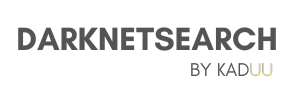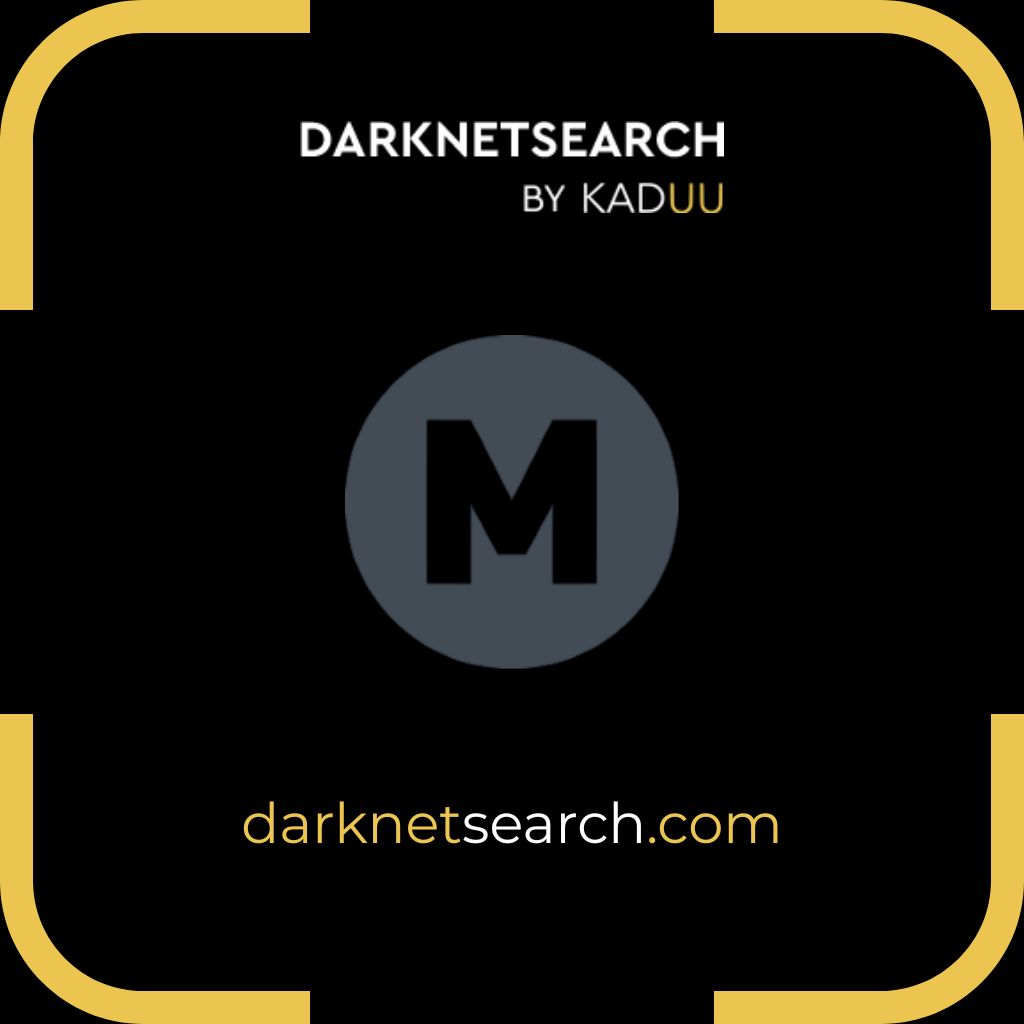➤Summary
The Miljödata data breach has quickly become one of the most concerning cybersecurity events in Sweden this year. This Swedish IT company, widely used by municipalities and environmental agencies, suffered a major security compromise that led to the personal details of 1.5 million users exposed in unauthorized online data markets and internal cybercriminal channels. 🛡️
This event holds major implications for GDPR compliance, public-sector digital trust, and overall national cybersecurity posture. Early investigations show cyber attackers gained access to system networks connected to environmental reporting services and administrative municipal databases. The Miljödata data breach is still under active review, and more details continue to emerge as digital forensic analysts inspect logs, intrusion paths, and leaked data caches.
Background and Timeline of the Incident
According to detailed reporting by GBHackers on Security (source:
GBHackers coverage of Miljödata breach) and investigative research conducted by Purple Ops (source:
Purple Ops breach analysis), the cyberattackers appear to have accessed Miljödata servers through a compromised application authentication layer or a misconfigured remote access endpoint.
This Swedish IT company provides integrated data management services to:
- Environmental regulation entities
- Public resource administration departments
- Educational organizations
- Regional and municipal councils
Because these services are connected, a breach of one access point potentially opened pathways across multiple stored data clusters. 😟 This attack demonstrates a critical weakness often found in large-scale administrative digital infrastructures: one trusted login system may connect to dozens of interlinked databases.
The Miljödata data breach represents a widespread failure in layered security and real-time monitoring oversight.
What Information Was Exposed?
The dataset leaked in the breach reportedly included:
- Full names and personal identification details (PII)
- Email addresses and system usernames
- Hashed login credentials (at risk of cracking)
- Municipal documentation logs
- Environmental reporting and compliance records
- Internal communication metadata
Some individuals may now face heightened risks of:
- Identity theft
- Targeted phishing attacks
- Credential-stuffing across other accounts
- Unwanted surveillance or data profiling 🧾
The personal details of 1.5 million users exposed in this cyber attack could be used maliciously on dark web networks where sensitive data holds ongoing trade value.
Why This Breach Matters for the Public Sector
Because Miljödata is a Swedish IT company servicing government organizations, the impact is broader than just personal privacy. The breach affects:
- Trust in municipal technology operations
- Digital transparency obligations required under GDPR
- Security confidence in environmental reporting systems
- Risk assessments for cross-departmental data exchange
Public-sector IT networks tend to rely on older infrastructure systems. This makes them attractive targets for cybercriminal groups who actively monitor for:
- Outdated software versions
- Weak or reused administrative passwords
- Misconfigured network permissions
- Unsecured API endpoints 💻
The Miljödata data breach highlights the need for urgent modernization and mandatory security audits across government digital platforms.
🌐 How This Fits into Global Cybersecurity Trends
This incident reflects a growing global pattern of coordinated attacks on civic and institutional systems. Key trends include:
- Ransomware targeting public health networks
- Credential resale markets on dark web exchanges
- Exploitation of remote-access systems post remote work expansion
- Data extortion without ransomware deployment
🧠 For CISOs: Strategic Implications
- Reinforces the need for proactive breach detection and dark web monitoring
- Highlights reputational risk tied to data leaks in high-trust sectors like media
- Urges integration of cyber threat intelligence into board-level risk discussions
- Calls for investment in breach simulation and incident response readiness
🛠️ For Security Practitioners: Operational Priorities
- Strengthen remote-access controls and MFA enforcement
- Monitor credential exposure using threat intelligence platforms
- Patch known vulnerabilities and reduce attack surface
- Track breach patterns to anticipate emerging tactics
🔍 Tools to Check Exposure
- Search leaked data: darknetsearch.com/search
- Monitor breaches over time: darknetsearch.com
- Cyber hygiene tools: darknetsearch.com/tools
These resources help detect whether your credentials are circulating among cybercriminal groups—and support timely remediation.
Practical Checklist: Protect Yourself Now ✅
If you think your data may have been affected, take these steps immediately:
- Change passwords associated with any Miljödata-linked services.
- Enable Multi-Factor Authentication (MFA) on all important accounts.
- Do not click suspicious links in emails claiming to offer “security updates.” 📩
- Monitor bank and government portal records for unusual activity.
- Use a password manager to avoid reuse across platforms.
Question & Answer Section
Q: Could attackers use the leaked information to access municipal service accounts?
A: Yes. If password reuse was common among employees or citizens, attackers could attempt login attempts across government platforms, email services, and private online accounts.
GDPR Implications and Legal Responsibility
Under GDPR legal frameworks, Miljödata is required to:
- Notify all affected users
- Report the breach to regulators
- Conduct mandatory system security audits
- Prove lawful data retention practices
Failure to satisfy these requirements may lead to substantial fines and additional regulatory monitoring.
Broader Impacts on Swedish Municipal Security
Because this Swedish IT company works across multiple regional and environmental agencies, immediate nationwide cybersecurity reviews are expected.
To understand how public digital vulnerabilities affect government policy planning, additional reporting is available from high-authority news outlets such as:
BBC Technology News 🌍 (DA 95+)
Conclusion: A Critical Turning Point for Data Security
The Miljödata data breach is more than an isolated cybersecurity incident — it is a structural warning. Public networks require more than firewall policies and compliance documentation. They require:
- Continuous system auditing
- Credential protection at scale
- Real-time intrusion detection
- Mandatory modernization of legacy infrastructure 🏛️
If governments and their IT providers fail to adapt, similar breaches will continue to occur.
🕵️Want to protect your data and stay ahead of cyber threats?
Discover much more in our complete guide
Request a demo NOW
Your data might already be exposed. Most companies find out too late. Let ’s change that. Trusted by 100+ security teams.
🚀Ask for a demo NOW →Q: What is dark web monitoring?
A: Dark web monitoring is the process of tracking your organization’s data on hidden networks to detect leaked or stolen information such as passwords, credentials, or sensitive files shared by cybercriminals.
Q: How does dark web monitoring work?
A: Dark web monitoring works by scanning hidden sites and forums in real time to detect mentions of your data, credentials, or company information before cybercriminals can exploit them.
Q: Why use dark web monitoring?
A: Because it alerts you early when your data appears on the dark web, helping prevent breaches, fraud, and reputational damage before they escalate.
Q: Who needs dark web monitoring services?
A: MSSP and any organization that handles sensitive data, valuable assets, or customer information from small businesses to large enterprises benefits from dark web monitoring.
Q: What does it mean if your information is on the dark web?
A: It means your personal or company data has been exposed or stolen and could be used for fraud, identity theft, or unauthorized access immediate action is needed to protect yourselfsssss.

